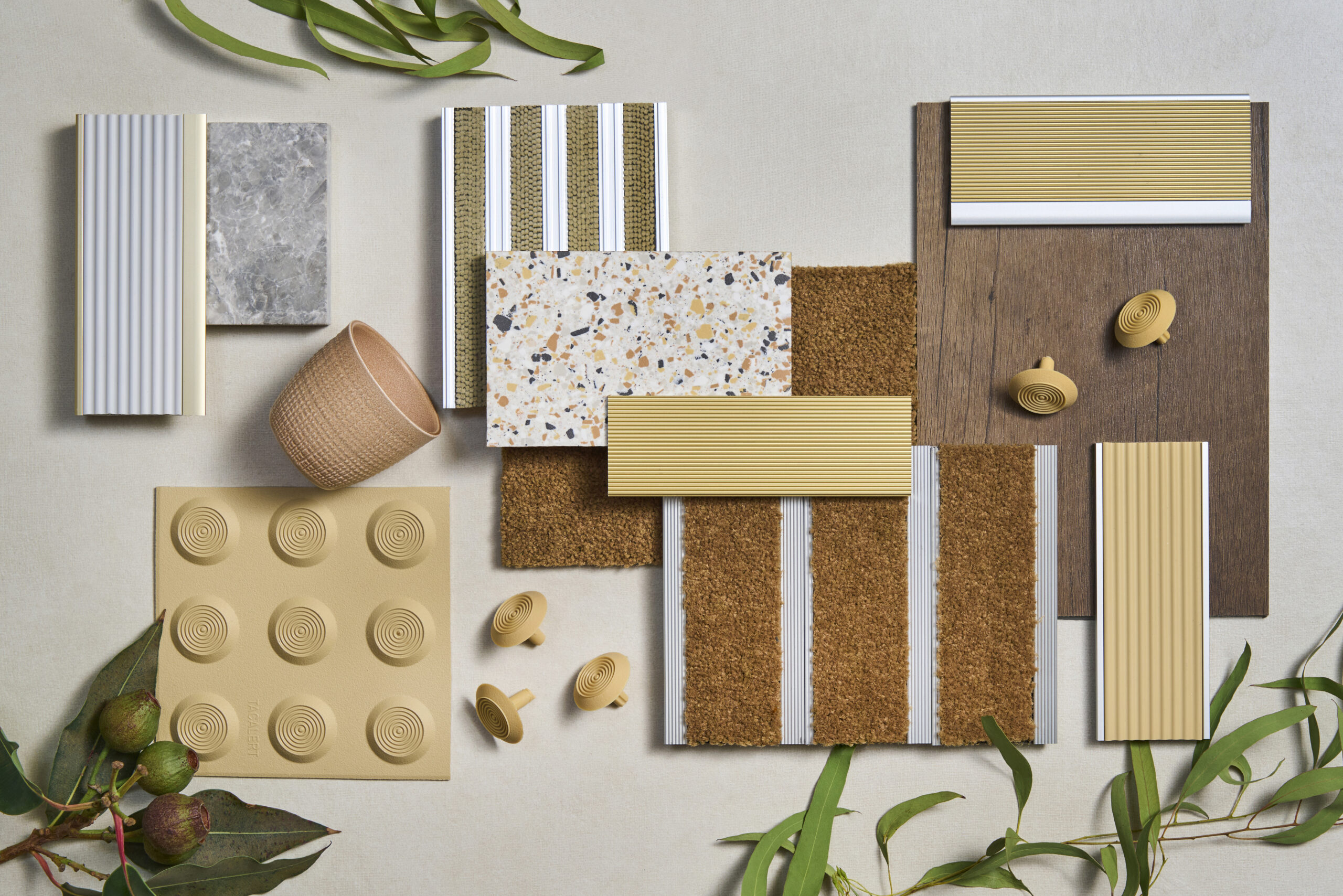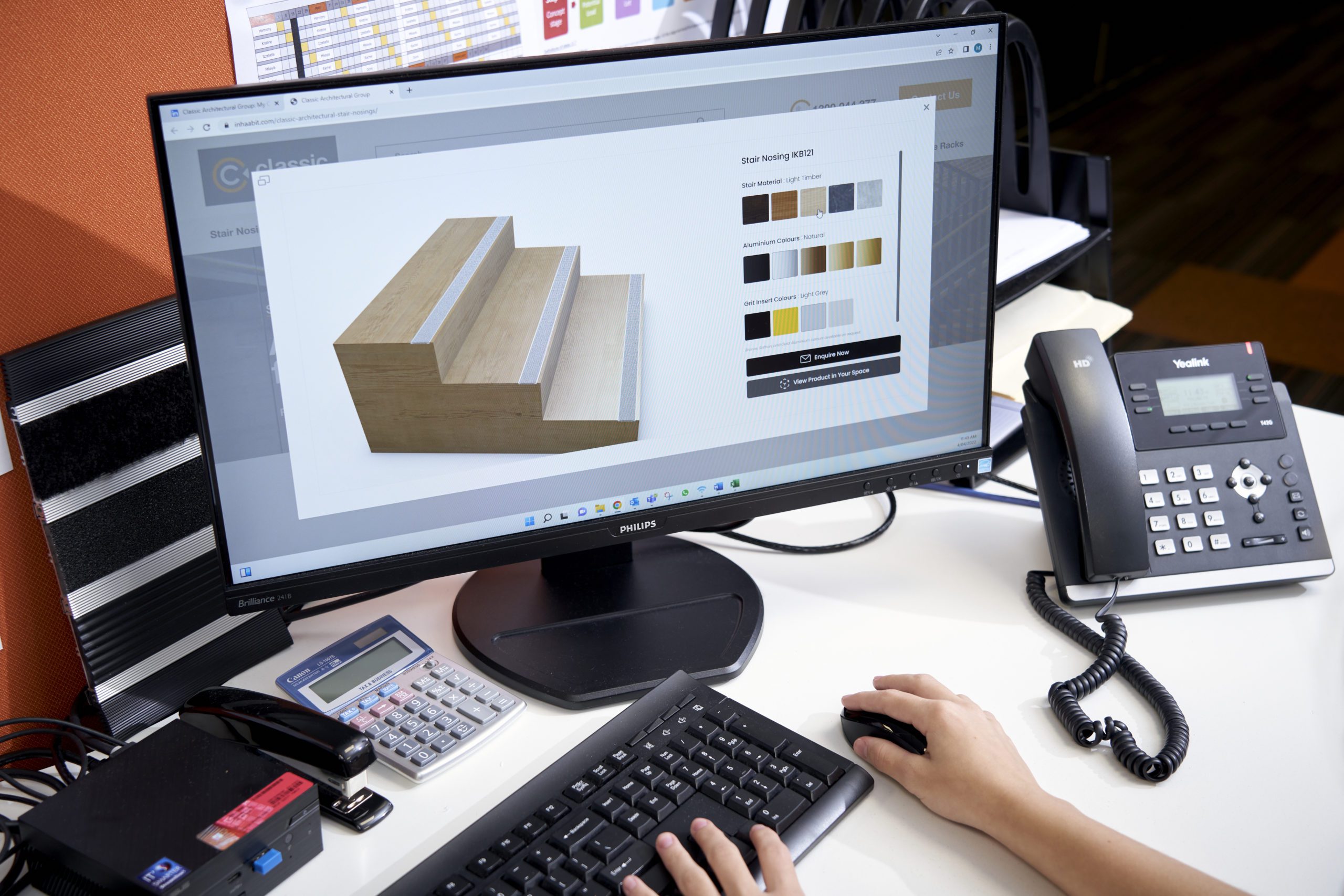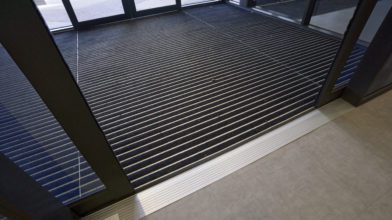What is Biophilic Design?
Biophilic design is an architectural and interior design approach that integrates natural elements into built environments.
Though it may seem like an evolving trend, nature has long played a central role in architectural design. From the lush gardens in Egyptian temples to the nature-inspired murals in ancient Greek architecture, biophilic design principles are centred on creating spaces that reconnect people with nature.
Whether maximising natural light, incorporating green walls, or featuring organic silhouettes, biophilic design aims to bring the outdoors in, harmonising artificial environments with the natural world. It’s a holistic and enduring approach that considers every aspect of the built environment to transform a space’s sensory experience completely.
Benefits of Biophilic Design
Biophilic design offers wide-ranging health, well-being, and productivity benefits and contributes to a more sustainable environment.
Research by Victoria’s Department of Health reveals that Australians now spend 80 to 100 per cent of their time indoors at work and home. Furthermore, time spent indoors increases with age, highlighting the importance of creating residential and commercial spaces that serve practical purposes and facilitate our innate connection with nature.
Integrating biophilic design principles into built environments can help make us healthier and happier at home or the workplace.
Improved well-being & stress reduction
Biophilic design can significantly improve well-being and reduce stress by using natural materials, textures, colours, and other outdoor-inspired elements.
For example, a research report by Planet Ark analysed the health and well-being benefits of wooden interiors and found multiple physiological and psychological benefits. Evoking feelings of warmth, comfort, and relaxation, some benefits include an enhanced emotional state and a reduction in blood pressure and stress levels.
Aside from wooden features, adopting a holistic biophilic design approach that incorporates natural elements like green roofs and indoor gardens can create a visually pleasing and soothing environment in a commercial setting. This can enhance employees’ health and well-being, reduce stress, and increase comfort.
Enhanced productivity
Studies have shown workplaces incorporating natural elements can increase employee productivity and boost creativity.
According to a researcher from the University of Queensland, incorporating plants into the office environment increases employee happiness and enhances productivity by 15%. Over a two-month period, the team monitored staff productivity levels across two large commercial offices and found that employees reported increased concentration levels and more satisfaction in an office with plants.
Enhanced air quality, increased daylight, and views of nature in biophilic-inspired workplaces can promote better well-being while reducing stress levels and the risk of work-related health issues. These improvements can create a calmer, more focused space, leading to happier, more engaged, and more productive employees.
Connection with nature
Derived from the Greek words “bios” (life) and “philia” (love or affection), meaning “love of life” or “love of living things”, the word “biophilia” itself reflects our innate need to connect with nature.
As the population grows, urban environments become denser and busier, and people spend more time indoors, so reconnecting with nature becomes increasingly essential.
By incorporating outdoor-inspired elements indoors—such as furnishings made from natural materials, adding plants and water features, providing views of nature, or seamlessly integrating indoor and outdoor areas—we can create spaces that evoke a sense of being in nature and deepen our connection.
Achieving Biophilic Design with Classic Products
Fulfilling your functional and aesthetic goals, Classic Architectural Group seeks inspiration from timeless and emerging trends to bring you the latest stair and floor safety solutions. We offer architecturally designed products for internal and external applications to support leading building professionals Australia-wide.
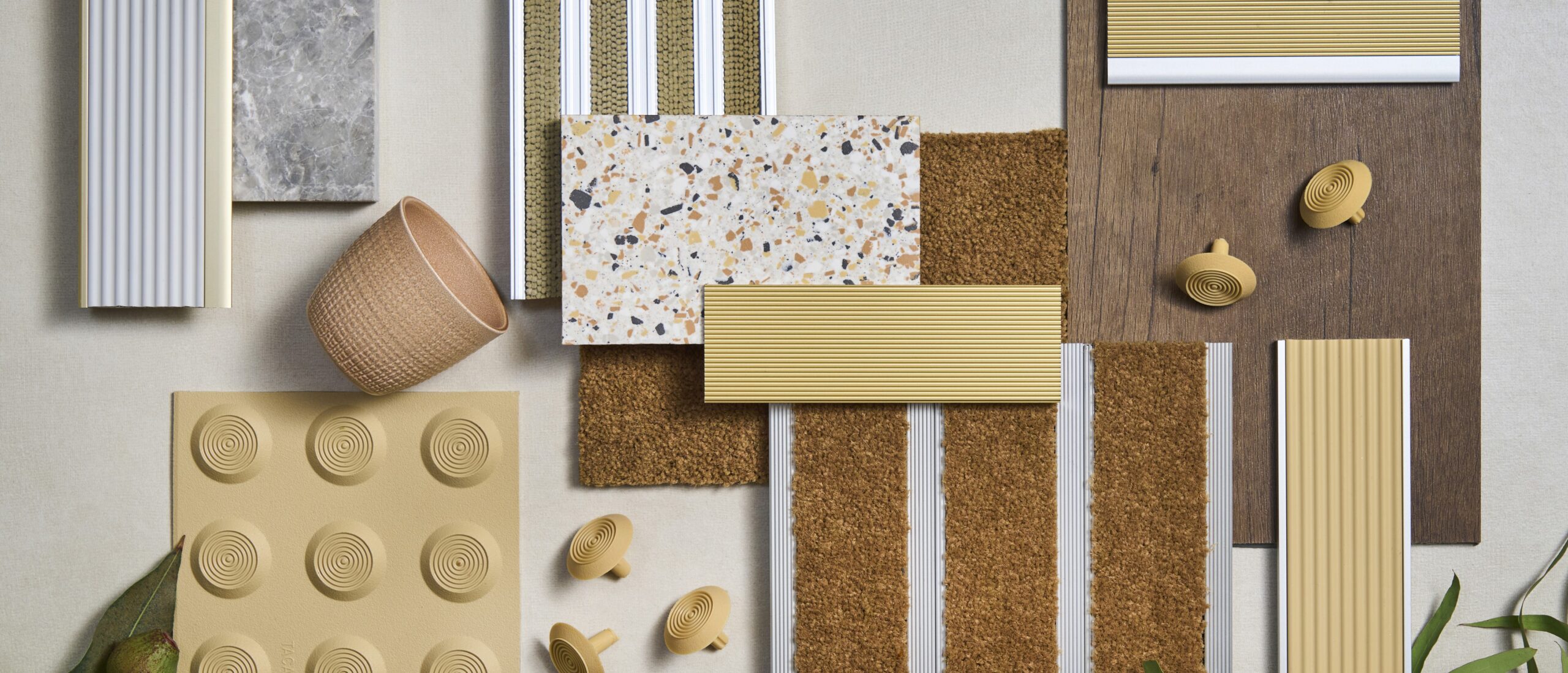
Inspired by the biophilic design principles, you’ll find a wide selection of colours, styles, and customisations across our range of tactile indicators, stair nosings, and entrance matting.
Tactile Indicators
Tactile ground surface indicators (also commonly referred to as TGSIs, tactile indicators, and tactiles) are essential for providing visually-impaired individuals with directional guidance and warning of impending hazards.
We have directional and warning tactile indicators for all applications, including stainless steel, aluminium, solid brass, fibreglass, poly, and ceramic tactiles.
Featured Product: PH06P
Aligned with the biophilic trend, our PH06P polyurethane individual tactiles, in beige, perfectly complement a timber-inspired interiors palette for a timeless natural finish.
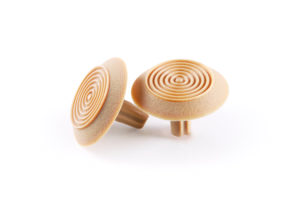
Featured Product: Fastile® PT30A
Also available in beige, the Fastile® PT30A is a polyurethane 300 x 300 warning tile with peel-and-stick backing for easy installation.
Stair Nosings
Stair nosings are a legal requirement in Australia. They are installed on the edge of a step to provide a visible, anti-slip, and sturdy grip that enhances users’ safety and visibility.
Classic offers a versatile range of commercial stair nosings suitable for various substrates and environments, ranging from surface-mounted options to industrial fibreglass.

Featured Product: FMD106
FMD106 is a hard-wearing aluminium stair nosing designed for rubber, carpet, or rebated applications.
We recommend choosing an aluminium profile in the Natural or Saffron colour for a nature-themed look.
Featured Product: PBD106
Another alternative for carpet stairs, you can achieve a biophilic style with the PBD106 aluminium safety stair nosing by combining the Saffron aluminium profile with the Beige insert.
Featured Product: SNB031
The SNB031 stair nosing is currently one of our most popular options, also available in the beautiful Saffron hue for nature-inspired polish.
Entrance Matting
By trapping dirt, grit, and moisture at the door, commercial entrance matting ensures cleaner and safer entrance areas and is crucial for maintaining your building’s presentation and longevity.
Providing an anti-slip surface for foot and wheeled traffic, Classic has aluminium, scraper, coir and carpet-style matting, with options for recessed and surface-mounted applications.

Featured Product: Integra Vantt 5500
The Classic Integra Vantt 5500 entrance matting is a roll-up aluminium option featuring a flexible interlocking system. It is perfect for high-traffic interior applications.
For projects featuring biophilic interior design, we suggest pairing the Coco or Sulphur matting colour with the Natural or Saffron aluminium scraper bars.
Featured Product: Integra Verse R100
The Verse R100 is one of the most rugged entrance mats on the market. It is designed to withstand the most demanding interior and exterior applications. With double-sided reversibility, it’s also easy to clean and maintain.
You can opt for the ‘Natural’ matting colour for an effortless, natural finish.
Featured Product: Integra Zone
Architecturally designed for interior use, the Classic Integra Zone entrance matting adds a luxurious look and feel despite its hard-wearing durability for demanding environments.
Paired with a natural stone or timber floor, the Classic Integra Zone in a ‘Coco’ matting colour perfectly matches a biophilic-inspired setting.
Classic Projects Featuring Biophilic Design
Case Study: 443 Queen Street, Brisbane, Queensland

A subtropical apartment tower, 443 Queen St is located on the coveted riverfront, maximising natural light and stunning views. Beautifully celebrating the Queensland climate, the stunning building features abundant greenery with gardens, trees and lush plantings.
The epitome of biophilic interior design, 443 Queen St also received Australia’s first 6-Star Green Star—Design and As-Built Version 1.2 Design Review certified rating from the Green Building Council of Australia (GBCA).
Classic Architectural Group supplied and installed various stair and floor safety solutions for the award-winning 443 Queen St project, including Classic Tredfx Stair Nosings and Tactile Indicators, Car Park Safety Items, and Classic Bike Racks.
Case Study: Officeworks Head Office, Chadstone Place, Victoria
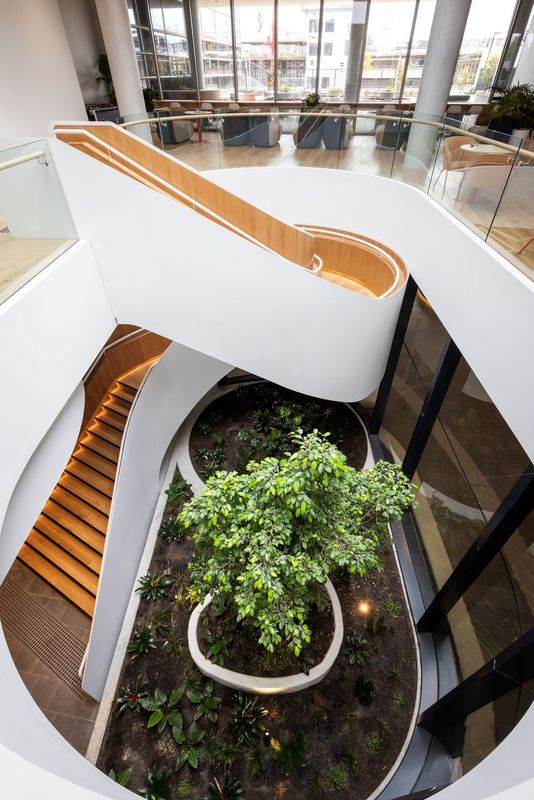
Officeworks relocated its 900-strong head office team into the recently redeveloped Chadstone Place, which is recognised as one of Australia’s leading energy-efficient office precincts.
Chadstone Place also received a 6-Star Green Star—Design certification and Australia’s first International Living Future Institute Net Zero Carbon project certification. It features a host of sustainability-driven attributes, from the high-efficiency lighting system to naturally ventilated workspaces and extensive landscaping.
The Classic team supplied and installed Classic Tredfx Stair Nosings and Tactile Indicators throughout this eco-friendly project, including the impressive feature staircase in the Chadstone Place lobby.
Case Study: Deloitte, Quay Quarter Tower, Sydney
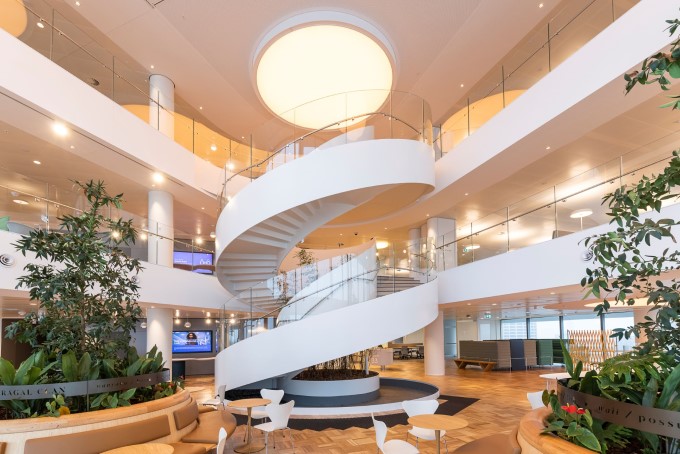
The new Deloitte Australian office occupies 14 floors of Sydney’s Quay Quarter Tower and emphasises employee well-being and environmental sustainability.
Boasting magnificent views overlooking the iconic Sydney Harbour, Quay Quarter Tower has also been dubbed the “World’s Best Building”.
Working with their builder, MPA Projects, Classic supplied and installed our popular SH10 tactile indicators to achieve their aesthetic and eco-friendly project brief.
